De Dion Bouton, The Veteran Years 1899–1904
by Michael Edwards
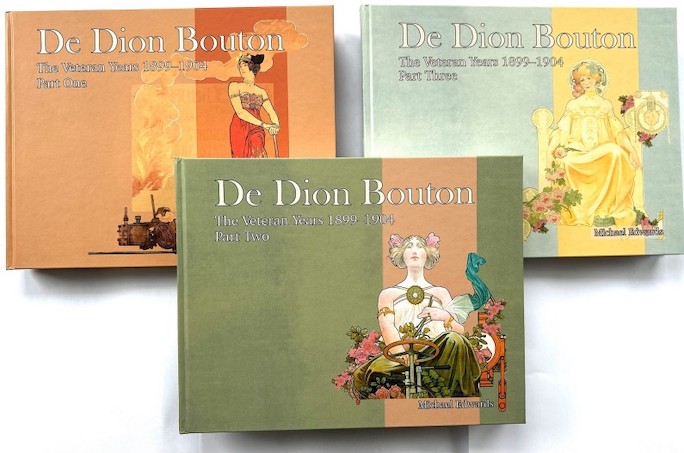
This three-volume boxed set contains so much detailed information—from historical narrative to showing and telling of how to differentiate one model or year from another, both mechanically and visually, as well as showing many of the 1899–1904 De Dion Boutons extant—they could rightly be described as an encyclopedia of and about those earliest De Dion Bouton models and the company that created and produced them. 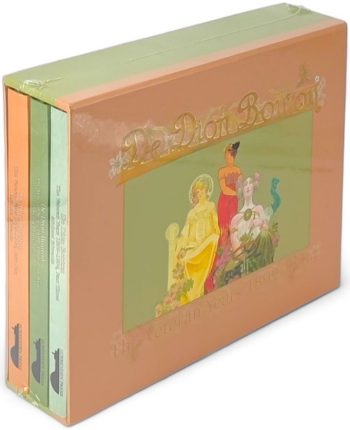
It should come as no surprise to then learn that Michael Edwards, the author and also the publisher, has seemingly been immersed in all things De Dion Bouton for years. He has traveled the globe, going anywhere he finds a De Dion Bouton in order to photograph it in great detail. To date, he’s found and photographed at least 600 of them. He’s also active in the De Dion Bouton club and owns a 1902 Type O that’s driven regularly on rallys, runs, and club events and activities.
While De Dion Boutons may not be as numerous in North America as in the UK and Europe, neither are they unknown. Two sold at the recent Gooding & Co. auction of cars in the late Peter Mullin’s collection. Both brought respectable prices in spite of veteran auction reporter Phil Skinner rating them as in no better than #3 and #4 condition. Other American collectors and museums also have De Dion Boutons, many in show condition such as the Fountainhead Antique Auto Museum in Fairbanks, Alaska with an absolutely pristine 1901 part of its collection and on display.
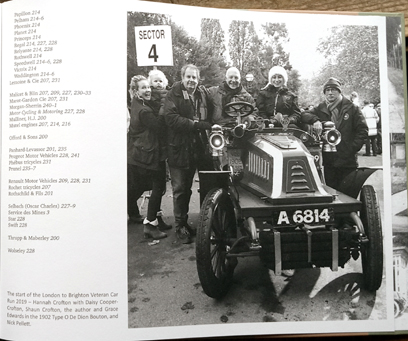
Author and his wife, Grace, seated in their 1902 Type O awaiting the start of the 2019 London to Brighton Veteran Car Run.
Pause a moment, please, and consider that in this 2024 year we are only now seeing publication of these cumulative findings on a make that a century and a quarter ago was the first ever to produce a marketable/saleable motorcar as well as the first to produce and sell a production V8. Why has it taken so long?
Bear in mind this work has itself been a decade in the writing. Yes, vehicles are extant: some in Europe and the UK, some down under in New Zealand and Australia, and a few in the Americas and Asia. It has required much dedicated searching and researching to attain this stunningly beautiful and comprehensive, not to mention clearly written and readable automotive history that is also ultra-generously illustrated.
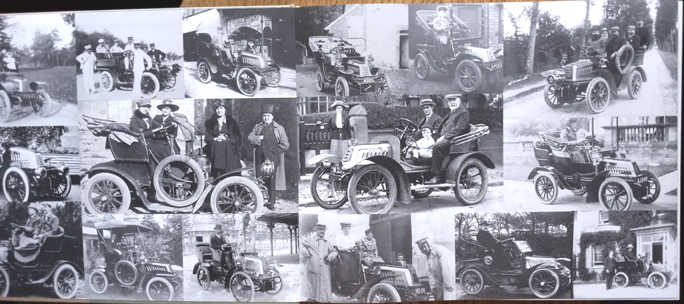
Each volume has its own endpapers featuring vintage b/w images from pages in that volume. Notice in particular what the youngest passenger in this Type N has in his hands in the image on left-center of the right-side endpaper.
Each volume is dedicated to a different type of De Dion Bouton vehicle; voiturette (although technically named by De Dion Bouton “petite voiture” as competitor Léon Bollée had registered the name “voiturette”), front-engined single cylinders, and front-engined twin cylinders. Cumulatively the three volumes present on 806 pages, over 1200 images illustrating its narrative.
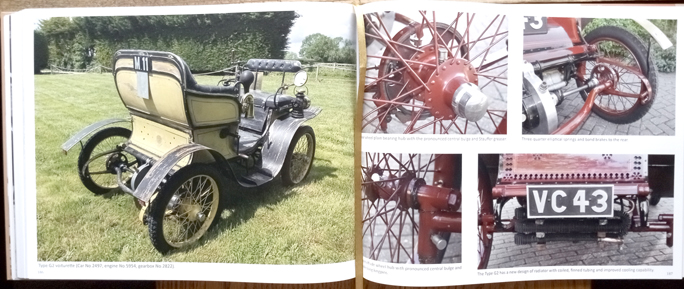
On left is Type G2 voiturette as photo’d by author enabling him to caption exactly that it is Car No 2497 fitted with engine No 5954 and gearbox No 2822. On facing page are details of another G2 showing, clockwise from upper left, rear wheel plain bearing hub, then the ¾ elliptical spring, and band brakes to rear. Next shows off the G2’s new design of radiator, and last is of the front offside wheel hub thus offering visual comparison of front hubs to back ones.
The late highly regarded and respected automotive historian/author Griff Borgeson employed some over-the-top adjectives to emphasize his point regarding the enormity of the importance of De Dion Bouton in the automotive firmament. Happily this book doesn’t resort to such flowery writing as it goes about fully documenting the importance of the company at the turn of the last century when it was the largest manufacturer of motorcar engines in the world as well as an engine supplier to 60 other manufacturers 1898–1901, and, in 1908, the first company to manufacture a production V8.
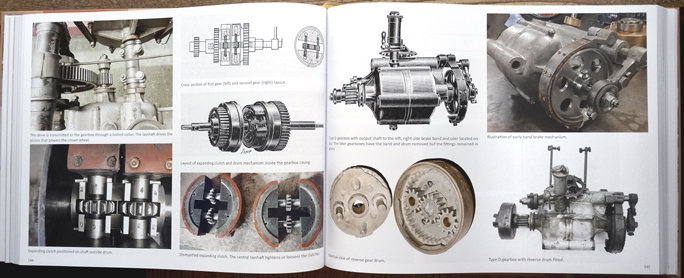
There are many pages in all three volumes devoted to mechanical details. This page pair is found in a chapter titled “Gearbox” and includes both photos and drawings making these books an incredibly useful resource for any owner or restorer.
Curiously when Edwards mentions Count de Dion’s father, the Marquis de Dion, apparently petitioning the court to sanction his son’s interest and participation in auto development, he attributes it to Borgeson in that Vol XV, No 3 issue of Automobile Quarterly but neither refutes nor independently cites corroboration. (Father and son did apparently eventually reconcile.)
Count de Dion may have displeased his father with his more practical “scientific,” mechanical, and “trade” interests but over his life he proved himself a progressive and innovative businessman. Consider in addition to the De Dion Bouton engine, axle and motor vehicles, he is also responsible for founding the first auto club (Automobile Club of France, ACF), followed a bit later, in 1898, by the club of clubs (Fédération Internationale de l’Automobile, FIA), and then the first-ever trade association made up of manufacturers and dealers. The FIA is still viable and strong to this day with 244 motoring and sporting organization members located in 146 countries.
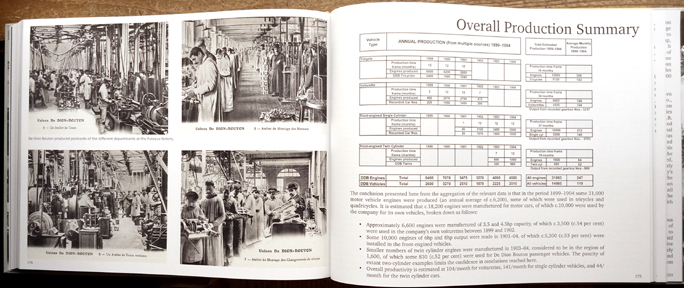
This three-book boxed set is also an historian/researcher’s dream for all the history it contains such as this page pair with in-factory period photos on the left. Facing page has an “Overall Production Summary” chart compiled by the author.
Technical and detailed surveys of vehicles developed and made by De Dion Bouton describing each year and models’ incremental improvement over a prior one are covered year-by-year and necessarily included are the quadricycles and tricycles that were then concurrently being produced. The latter two also benefiting with those incremental improvements. Technical chapters have interludes between them that present company history, profiles of key employees, racing and touring activities in France and the UK, and licensing and distribution. The first volume concludes with a survey of the 13 manufacturers that purchased and utilized De Dion Bouton engines in their own vehicles, the largest and most enduring of which was Renault.
Lest I be accused of replicating Borgeson with a string of over-the-top adjectives about this three-volume boxed set, one word of praise really is in order for the graphics designer who happens to be the author/publisher’s daughter, Natasha Edwards. The artwork she chose for the covers, the box, as well as section/chapter intro pages is adapted from vintage DDB art used in company brochures, advertising, and publications. Together, this father/daughter duo has achieved spectacularly!
Only available as a set. Each volume w/ individual TOC, separate/individual chapter end notes, bibliography and index, and an errata sheet.
Copyright 2024 Helen V Hutchings (speedreaders.info)


 RSS Feed - Comments
RSS Feed - Comments
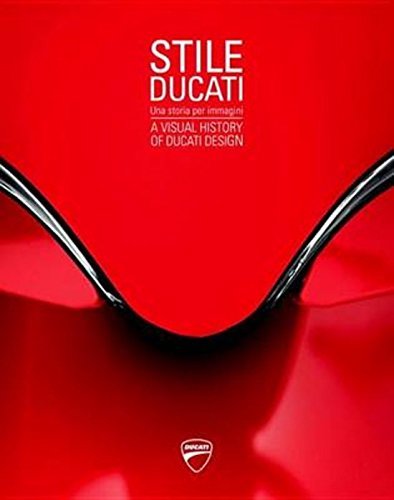

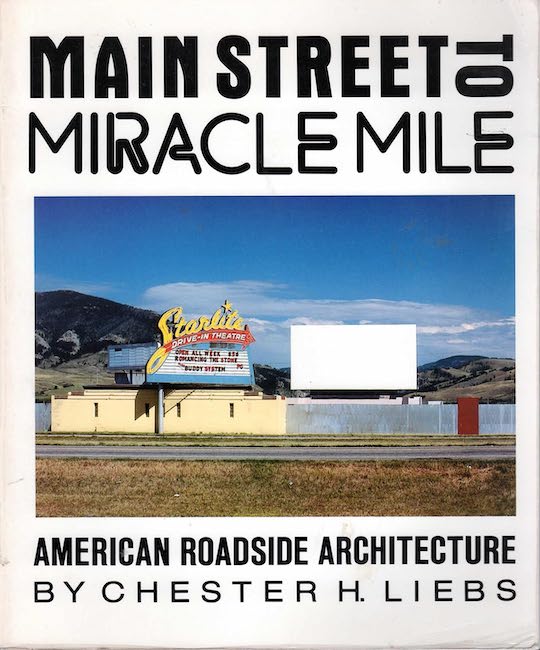
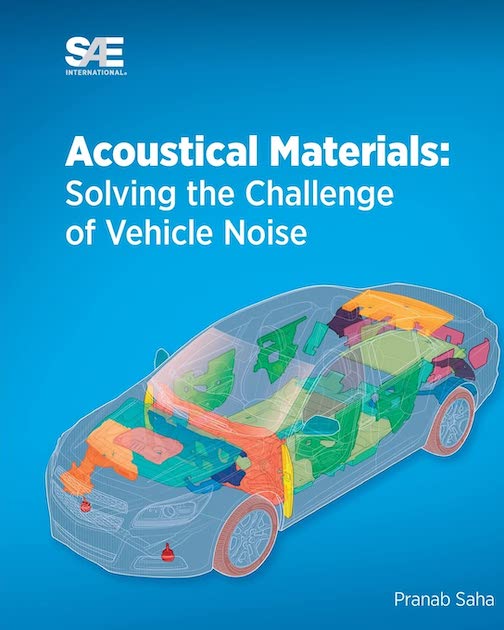
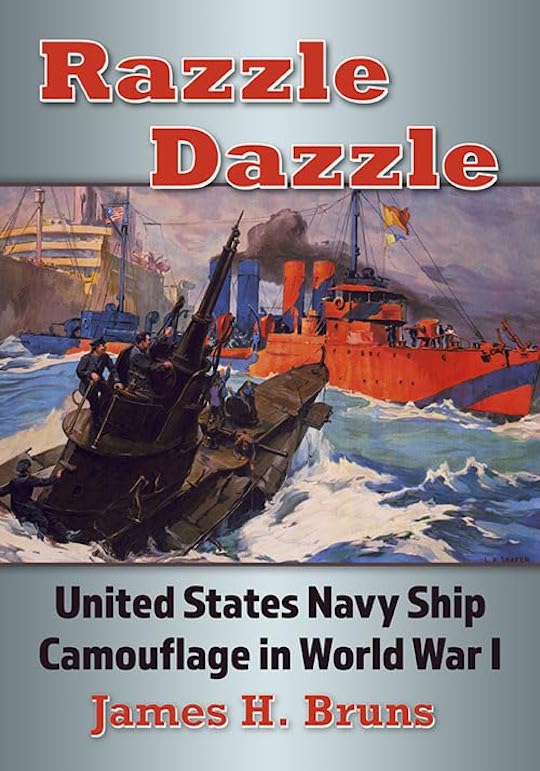
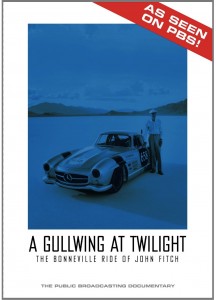
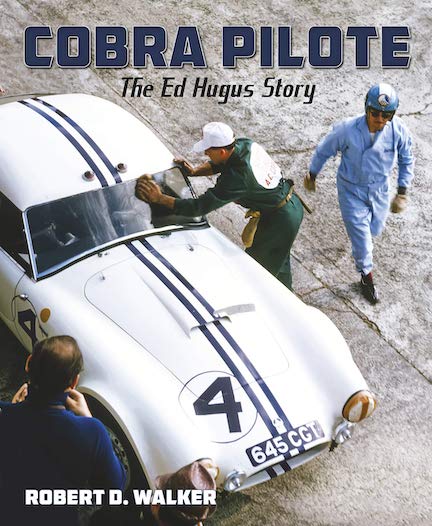
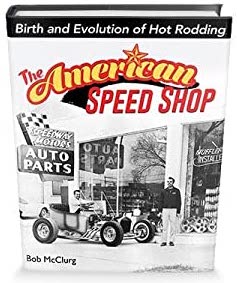
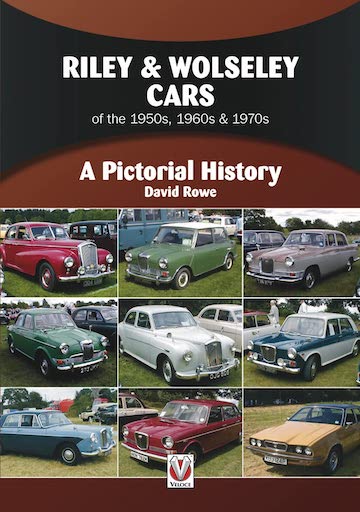


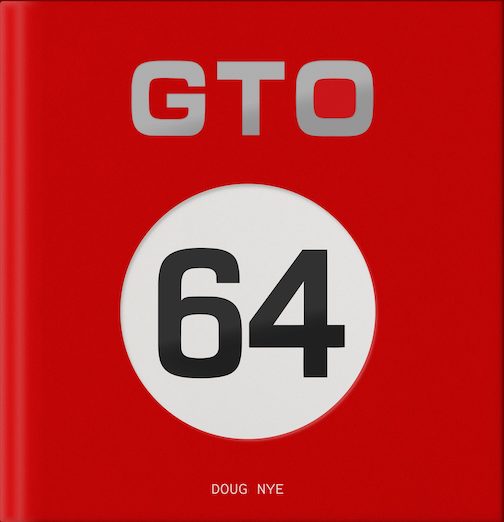



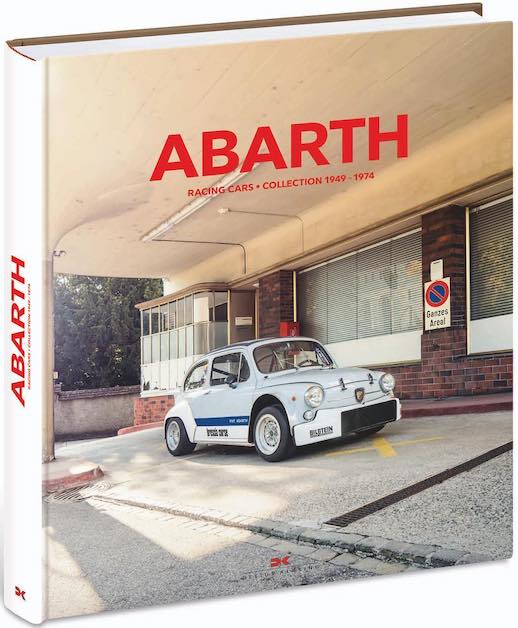
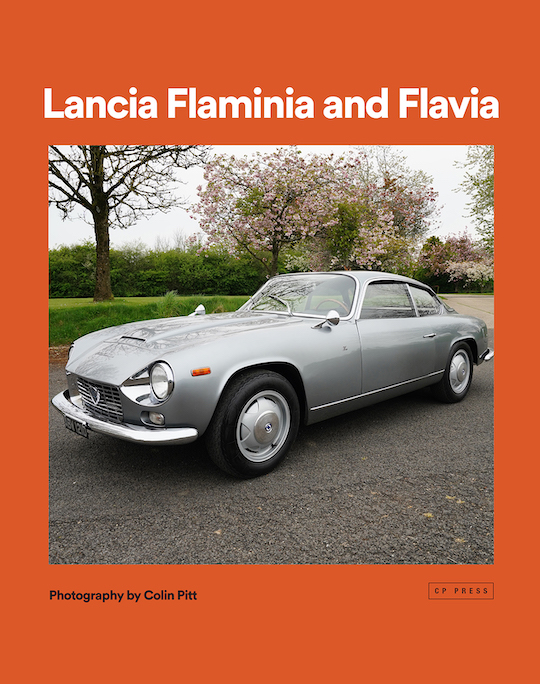


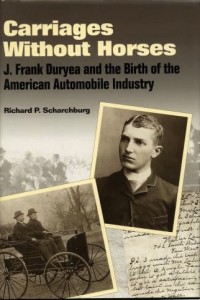
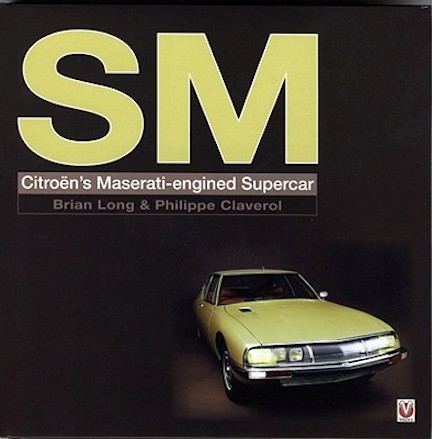
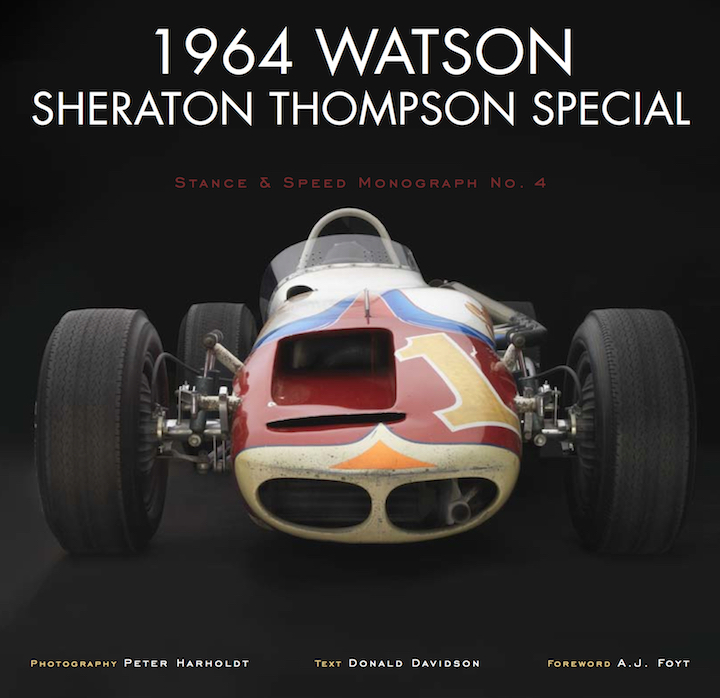


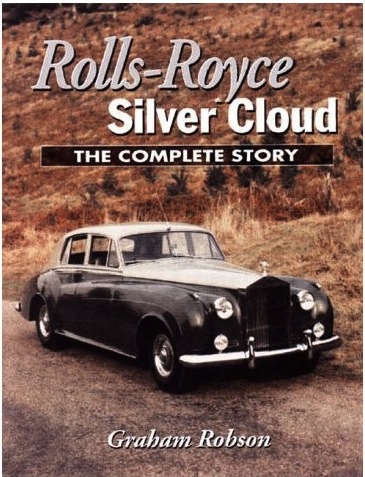
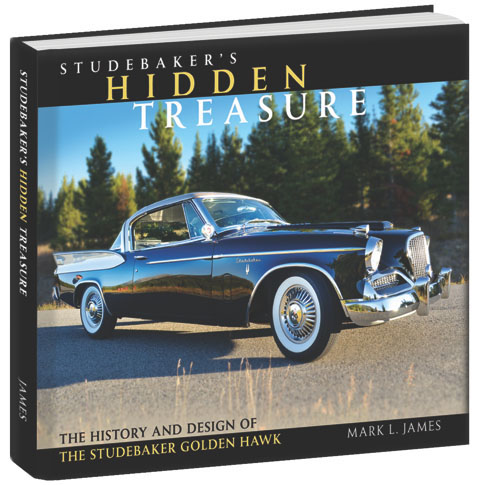
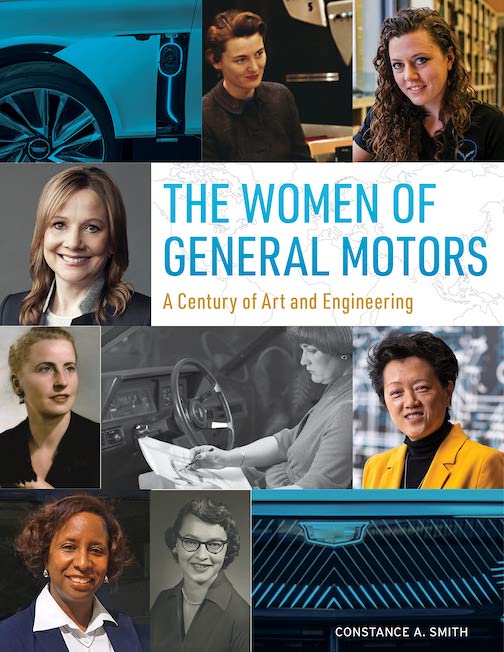

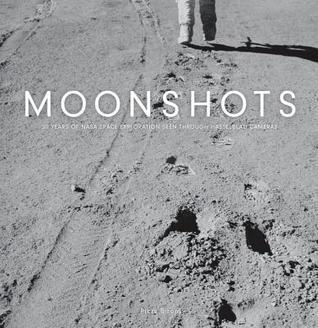
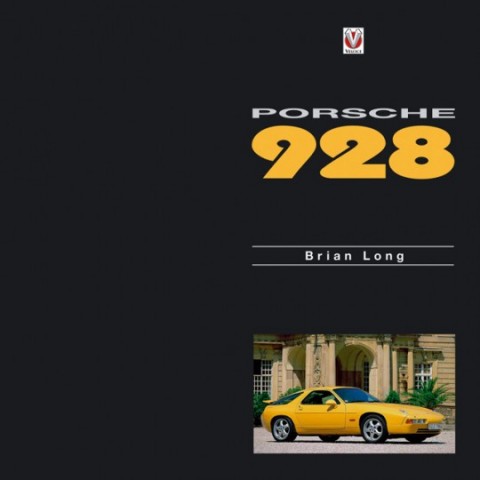
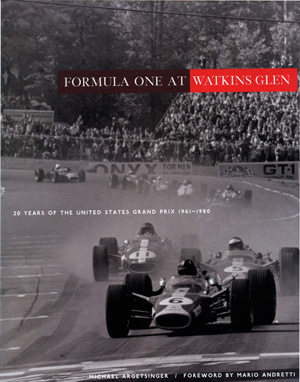

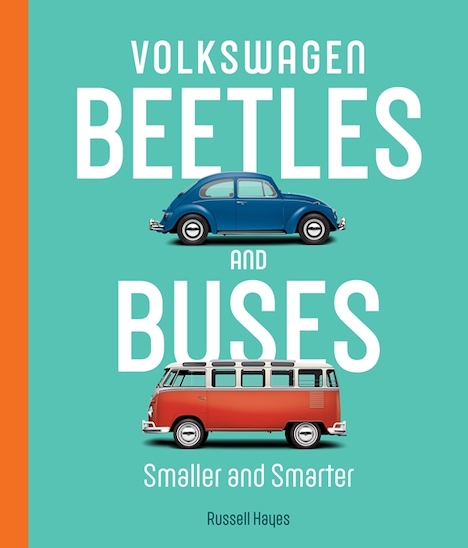
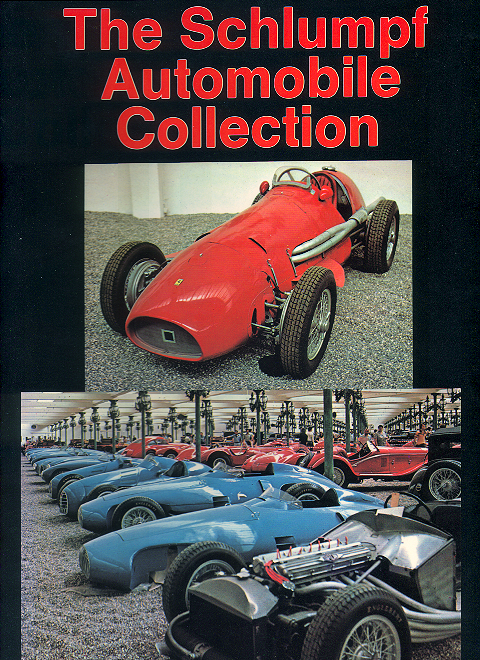
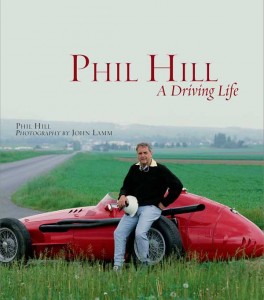
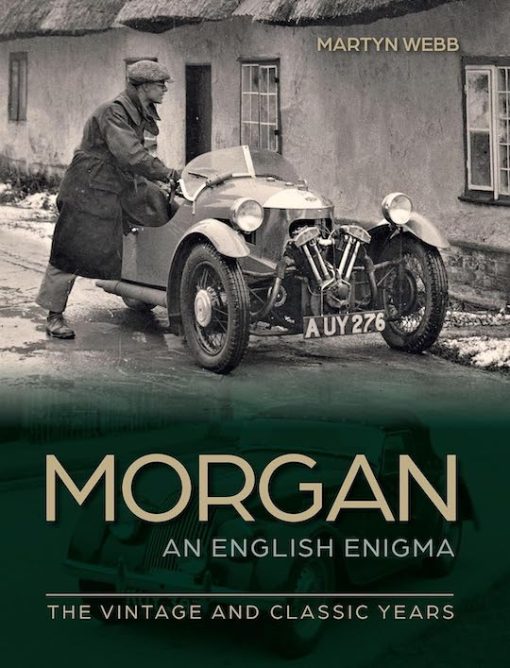

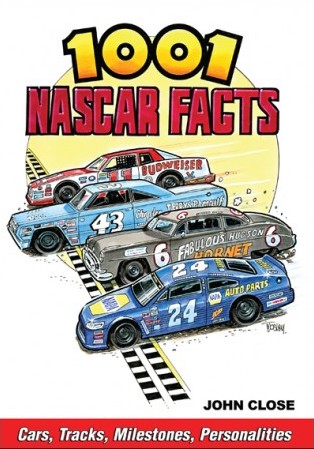
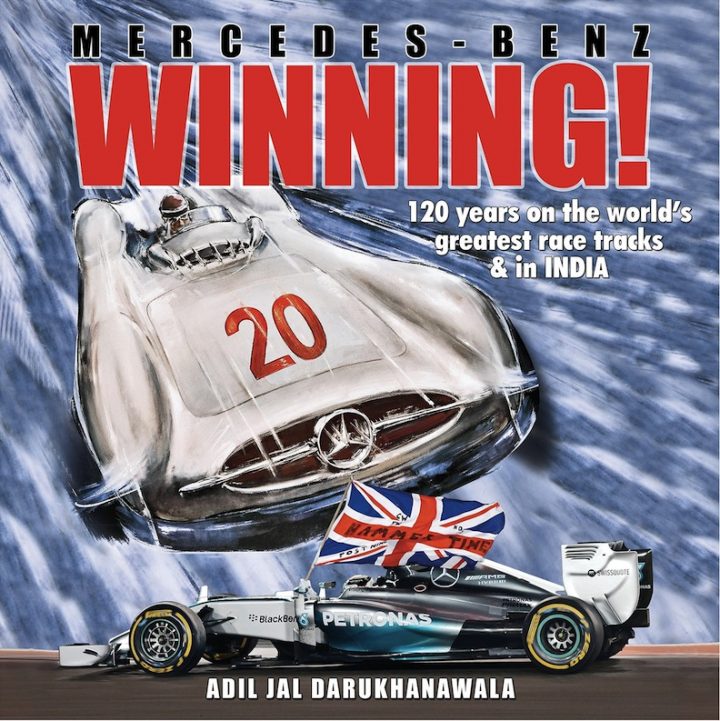
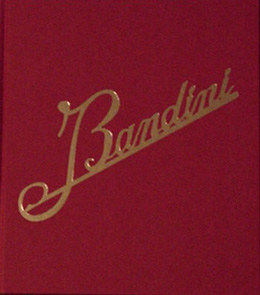

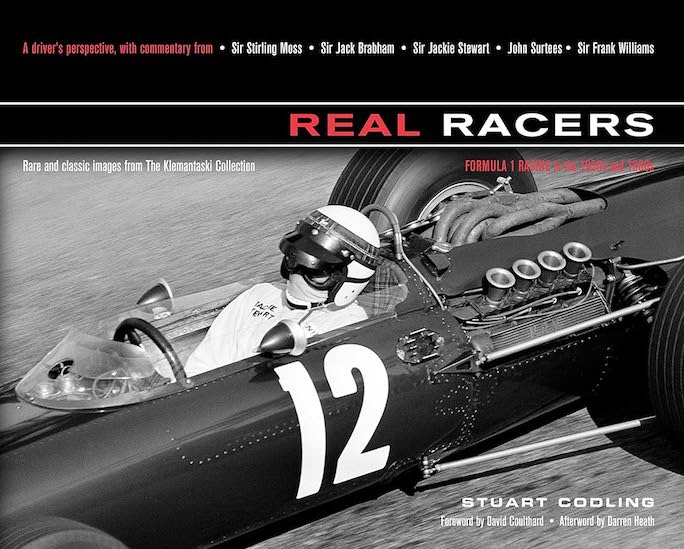
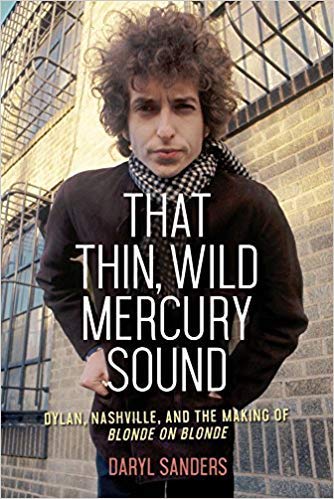
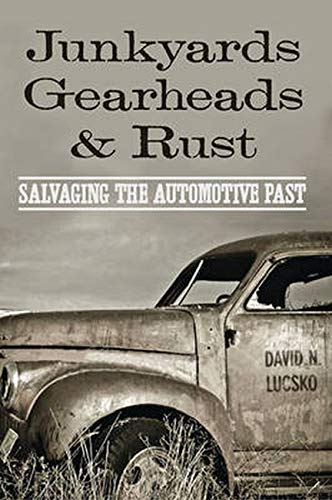
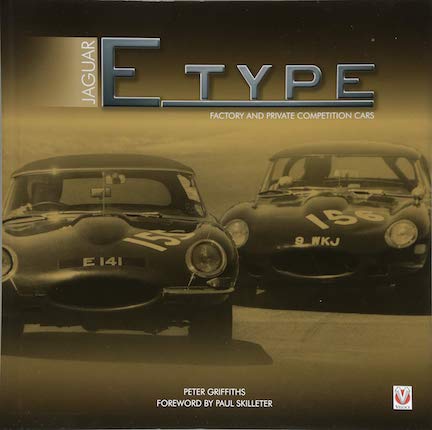
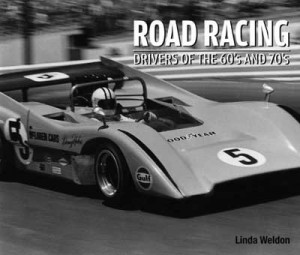
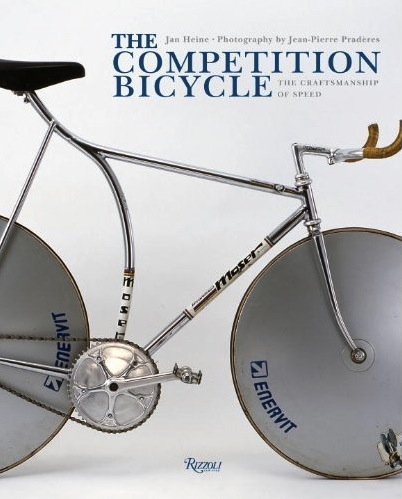
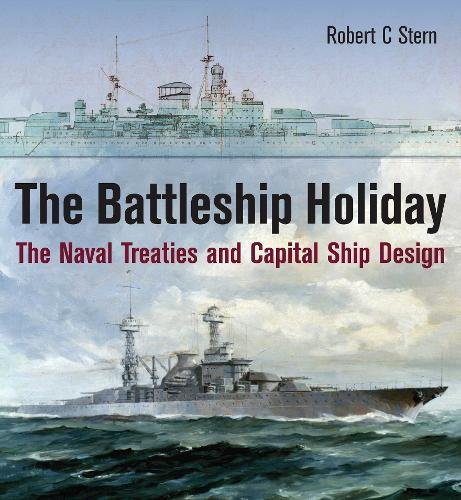

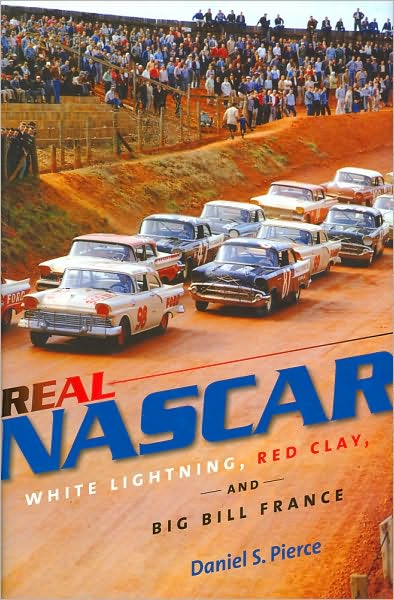

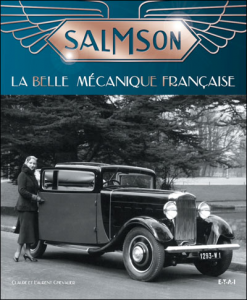
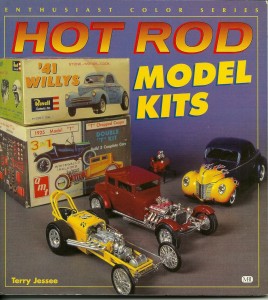
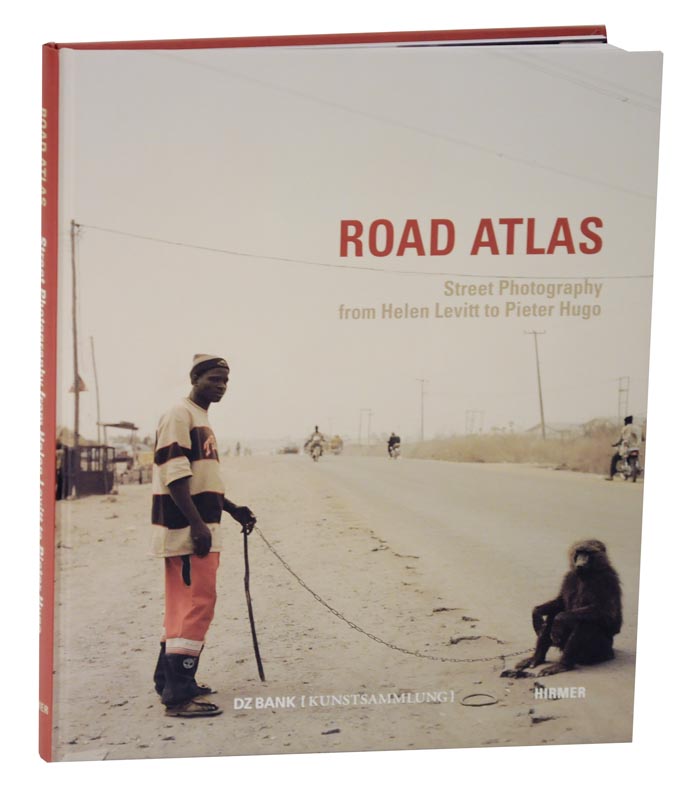
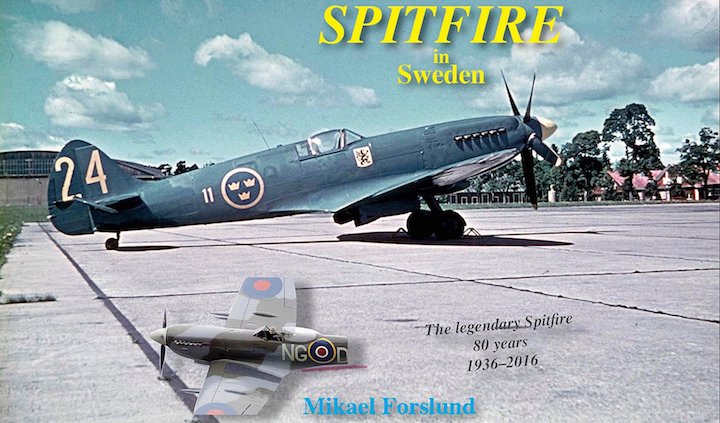
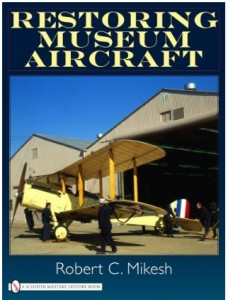
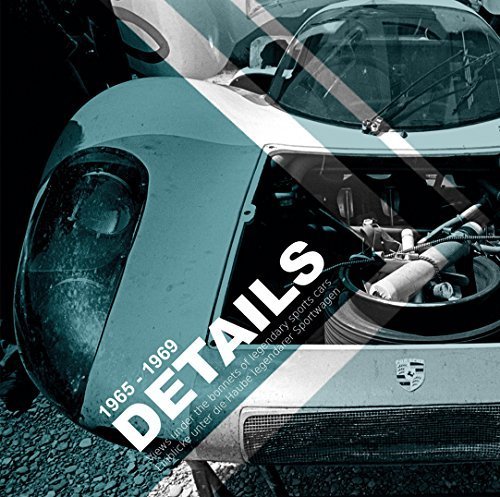
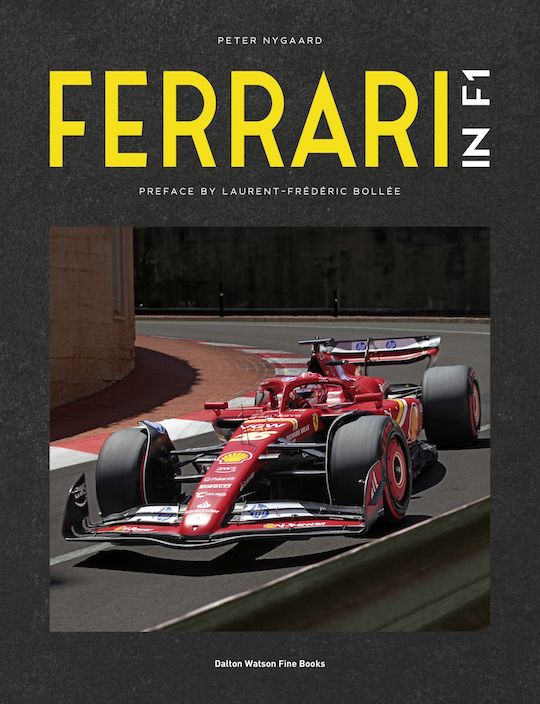
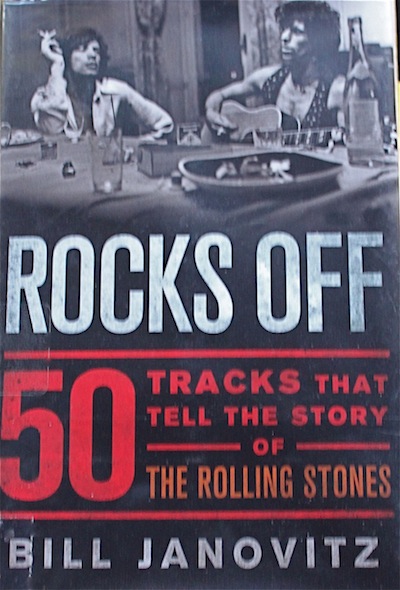
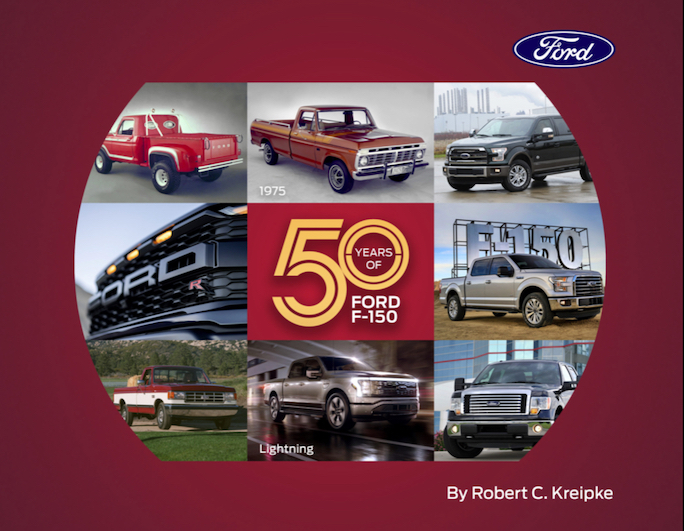
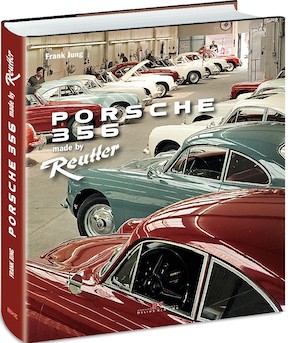
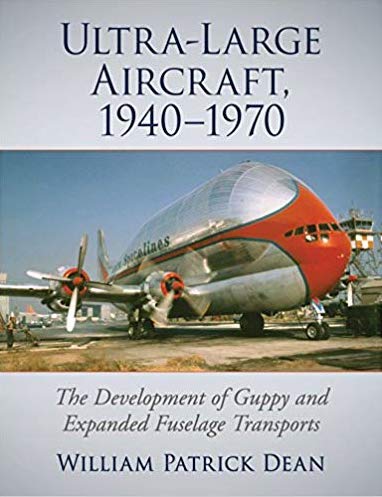

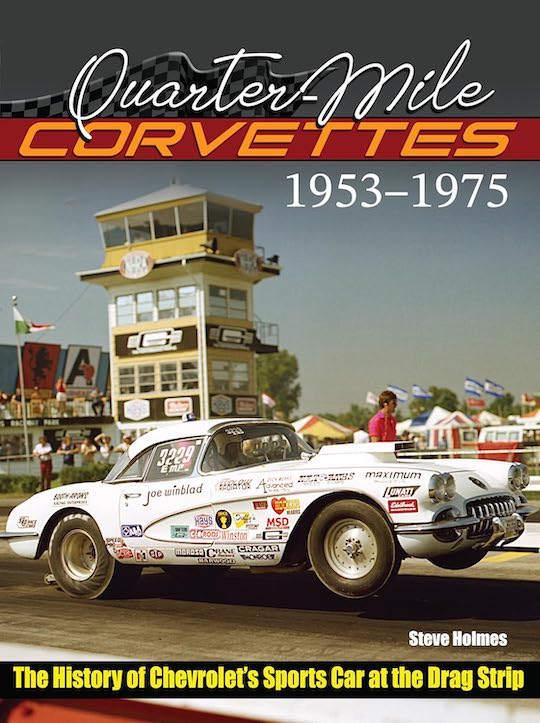
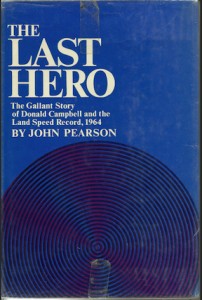

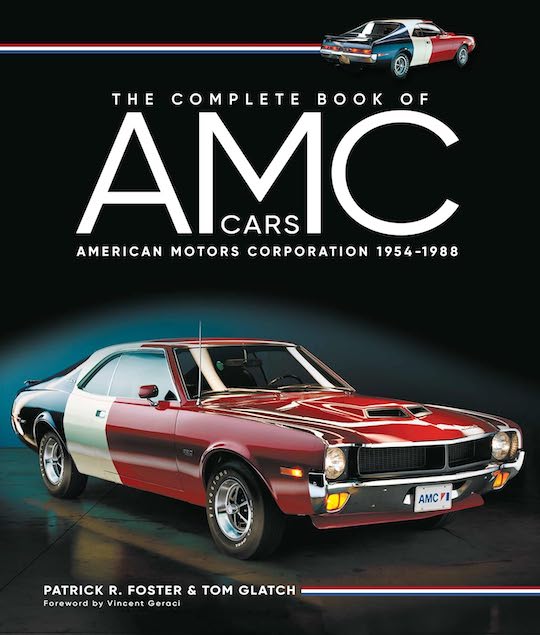
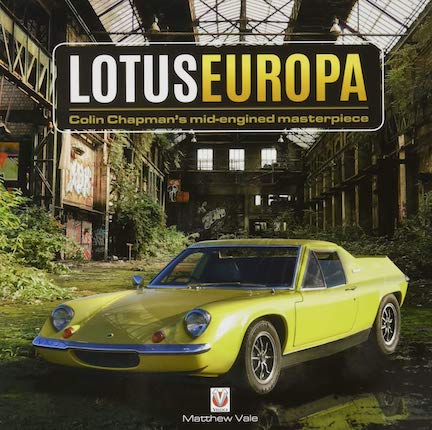


 Phone / Mail / Email
Phone / Mail / Email RSS Feed
RSS Feed Facebook
Facebook Twitter
Twitter